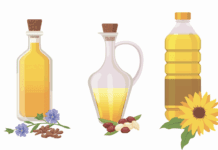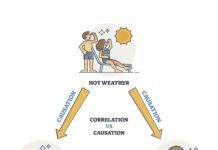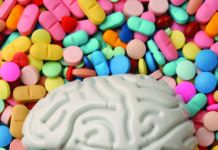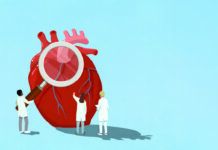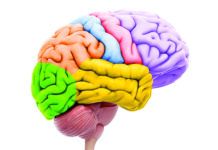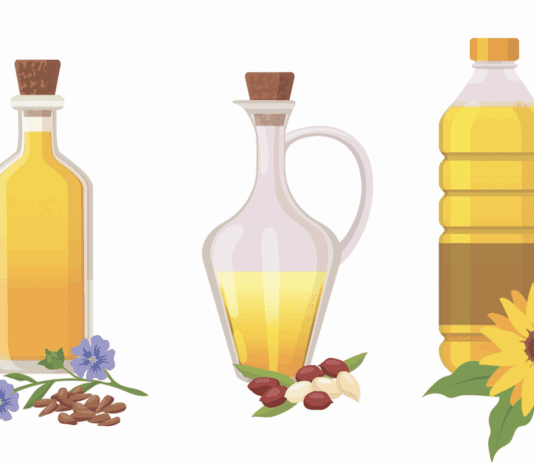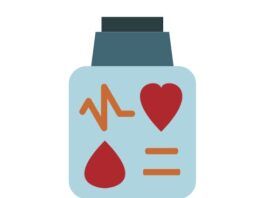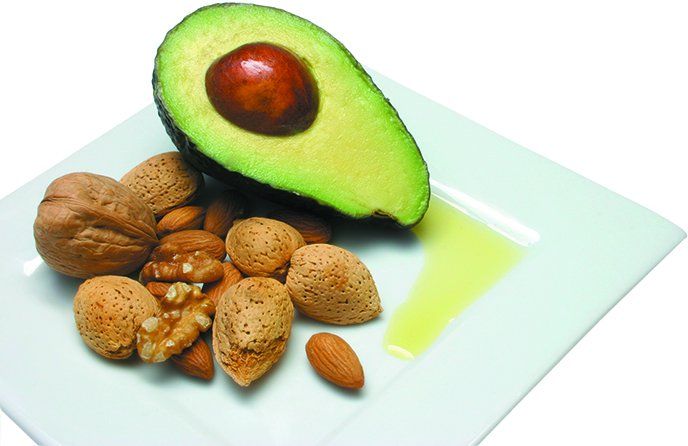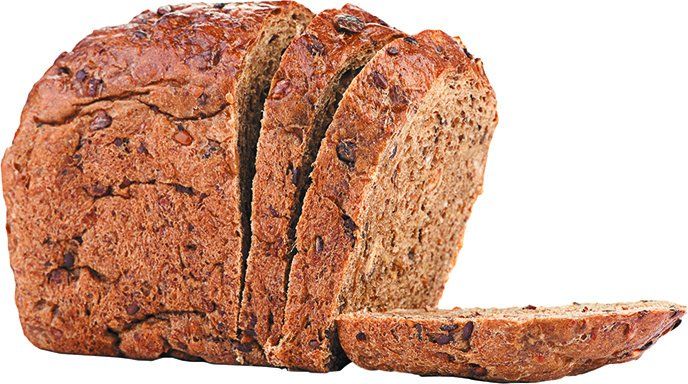Sugary Soda Health Risks: Downplayed by Industry-Funded Research?
According to a recent analysis, 97% of studies that were independently funded (not sponsored by beverage makers) have reported that drinking sugary sodas is linked with obesity and diabetes.
Healthy Fats Reduce Diabetes Risk
Swapping healthy unsaturated fats for carbohydrates or saturated fats may reduce your risk of diabetes, according to a new analysis of 102 randomized trials totaling 4,660 participants.
Omega-6s in Vegetable Oil Linked to Lower Diabetes Danger
Contrary to some advice to limit the omega-6 fats found in vegetable oil, a new Finnish study finds that high blood levels are associated with a significantly reduced risk of type 2 diabetes, at least in men. The study looked primarily at linoleic acid, an essential omega-6 fat not formed by the body, which must be obtained from the diet. It's the primary fatty acid found in oils high in polyunsaturated fats as well as nuts and seeds.
Worried About Diabetes or Your Heart? Eggs Not Harmful
Two recent studies suggest egg lovers aren't at higher risk of type 2 diabetes or coronary artery disease. In a new meta-analysis, egg consumption was largely unrelated to risk of type 2 diabetes. And in a population study, egg consumption was not associated with increased incidence of coronary artery disease among men, even those with a genetic risk factor.
Choose the Right Carbs to Help Control Your Diabetes Risk
You already know to avoid added sugars, but now the evidence is mounting that another type of carbohydrate may also be implicated in weight gain and diabetes risk - starch. That's tricky, because identifying high-starch foods requires doing a little arithmetic on the Nutrition Facts label. But the health rewards may be worth breaking out the calculator.
New Diabetes Cases Down Again
The number of Americans newly diagnosed with diabetes fell for the fifth straight year in 2014, according to new data from the Centers for Disease Control and Prevention.
Eating at Home Linked to Lower Diabetes Risk
Home cooking may not only stir warm and cozy memories of familiar foods coming from the kitchen - it could also be healthier for you than the modern trend of takeout, fast food and restaurant meals.
Q. Are sugar alcohols OK for people with prediabetes or type-2 diabetes to consume?
Q. Are sugar alcohols OK for people with prediabetes or type-2 diabetes to consume?
Diabetes Rates Up but Increases Slowing
Although US diabetes rates continue to climb, the rate of increase has slowed since 2008, according to a new study in JAMA.
Q. My husbands grandson, who is six years old, has type 1 diabetes. His...
Q. My husbands grandson, who is six years old, has type 1 diabetes. His parents were told by their medical team that carbs are carbs-they should count the carbohydrates the same whether he was eating white bread or whole-grain bread. This would seem to run counter to what Ive read in a number of sources for years. Can you explain, please?



